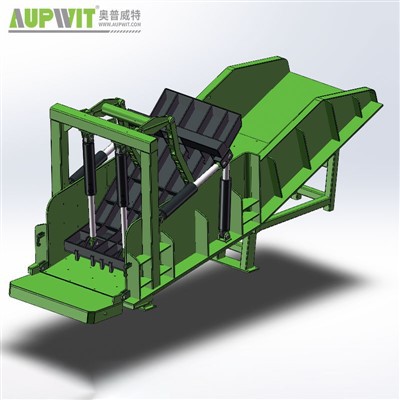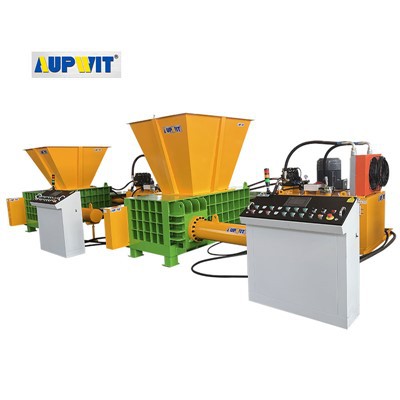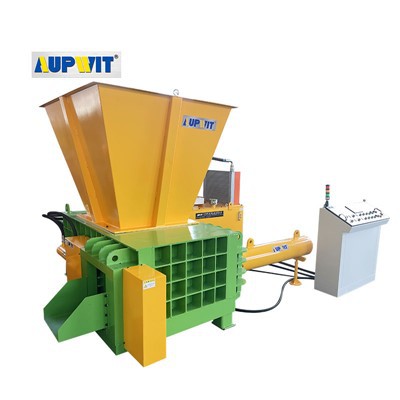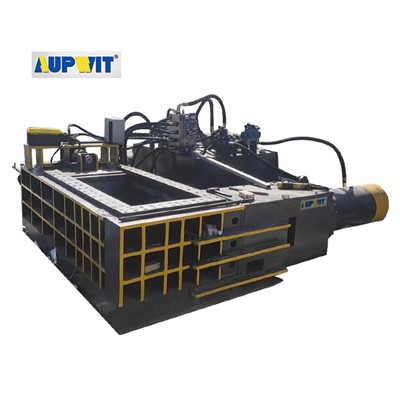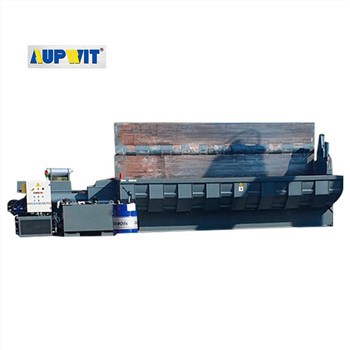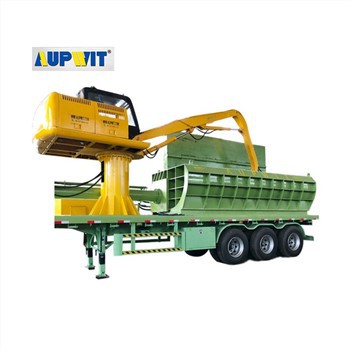The crushing effectiveness of a shredder machine can be assessed through multiple quantitative and qualitative metrics. Below are the key evaluation criteria:
1. Particle Size Distribution
-
Measure the output material size using sieve analysis or laser diffraction.
-
Compare against target specifications (e.g., <50mm for recycling, <10mm for waste-to-energy).
-
Uniformity is critical; inconsistent sizes may indicate blade wear or feed issues.
2. Throughput Capacity
-
Calculate tons/hour (t/h) processed under standard conditions.
-
Monitor for declines, which suggest mechanical inefficiencies (e.g., dull blades, motor fatigue).
3. Energy Consumption per Unit
-
Track kWh/ton to assess efficiency. Rising ratios signal poor optimization or material mismatches.
4. Contamination & Purity Rates
-
For recycling, evaluate material purity (e.g., metal-free plastic flakes).
-
High contamination (>5%) may require pre-sorting or adjusted shredder settings.
5. Operational Stability
-
Record jamming frequency and unplanned downtime.
-
Excessive vibrations or noise often precede failures.
6. Blade Wear & Maintenance Intervals
-
Document blade lifespan (e.g., hours/ton) before sharpening/replacement.
-
Accelerated wear suggests improper material handling or hardness mismatches.
Testing Methods:
-
Lab trials with controlled samples.
-
Real-time sensors for motor load, temperature, and output quality.


